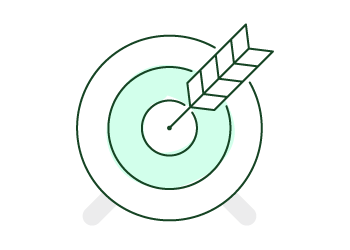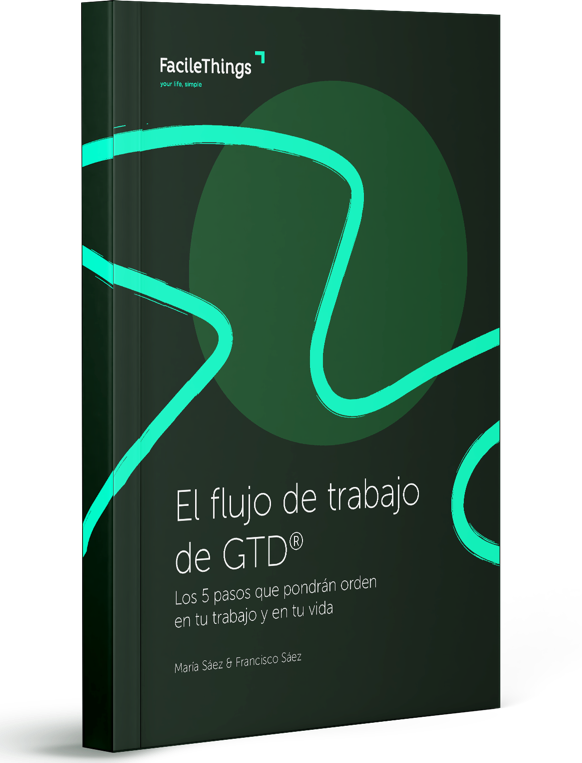Getting Things Done - GTD
Las Cinco Íes de GTD
AUTOR: Francisco Sáez
Hace unos días, GTD Times (el blog oficial de la compañía David Allen) publicó un video muy interesante de apenas 3 minutos 1 en el que David Allen habla sobre las cinco fases que conforman el ciclo de vida de GTD. Él las llama Las Cinco Íes:
- Información. Acabas de oir hablar sobre GTD y piensas “¡Cómo mola!”. Probablemente lees el libro o simplemente lees cosas sobre el libro. Tratas de obtener información.
- Inspiración. Te sientes inspirado al leer el libro, oír algún discurso y profundizar en los detalles de la materia. Piensas que GTD podría ayudarte a obtener mejores resultados y, además, te das cuenta de que eres capaz de hacerlo.
- Instalación. Sabes que esto no va a pasar así porque sí y que, por lo tanto, hay algunas cosas que debes hacer. Necesitas empezar a capturar cosas, necesitas construir un sistema para organizar tus listas, etc.
- Implementación. Una vez has instalado las herramientas básicas y la estructura, entonces debes introducir la información adecuada. Haces un barrido de mente y después desarrollas todas esas cosas, las aclaras y las organizas para tener tus proyectos listos. Aquí empiezas a establecer algunos hábitos básicos: la regla de los dos minutos, limpiar tu bandeja de entrada regularmente, etc.
- Integración: GTD se convierte en parte de tu vida y de tu forma de trabajar. Ni siquiera piensas en ello, simplemente lo utilizas. En este punto, se ha convertido en un hábito.
¿En cuál de las cinco íes te encuentras?
1 Aquí tienes el video y una transcripción del mismo:
You know in GTD we talk about the five I’S. It is a common sense way to think about how people learn and implement what they learn. And at one point we really realize that there is five fairly distinct things that people get in a sequence.
First of all, is information: I just heard about GTD, what a cool thing! and they may read the book or they may read about it and so they get information. So there is information and then there is inspiration.
They may get inspired by reading the book or they hear a speech or they hear something and think it’s cool and they can potentially do that.
Then there is installation. Now I’ve heard that, I’ve got some information, I think I can do it. Usually that’s where the inspiration will come from with the sense of thinking this is something I could do and it could be cool producing great results. And then I need to install it so it doesn’t just happen by itself there are some things that you have to do. So there is installation I need to actually start to capture stuff, I need to build the system for capturing my lists and software: the installation piece.
Then there is the implementation which is once I’ve installed the basic tools and the framework and the blueprint then I need to populate the thing. I need to actually implement it with the appropriate information and I need to make sure I do a mind sweep and then go through all that, clarify and organize that so I’ve got my projects and so forth. So that’s the implementation piece as well as starting some of the basic behaviors: the two minutes rule, cleaning up your in-basket fairly regularly and that’s the implementation piece.
And then there’s the integration and that’s where this becomes part of your life and work style, you don’t even think about it and you just use it. So as opposed to focusing on the GTD process you are just using the GTD process. At that point you can call this a habit.
So we have got these five stages of how people integrate this information. Frankly there is a lot of value in each stage. Just getting the information about GTD and understanding that there is a methodology in case someone ever wants to use it and what it is and what it means has a lot of value. A lot of people read the book and just get that information. The inspiration piece, certainly people love it. A lot of what GTD produces is hope making people think that is something I can do and it looks very good. So the inspiration piece is also useful. As a matter of fact we have had a lot of clients, companies and people saying they just needed hope and this gave them that. Whether I am going to implement it or not or need to implement it or not right away may not be as important as just knowing I now could and there is light at the end of my tunnel. And then there is the installation part which is of course, were a good bit of the work goes on and your role up your sleeves and do the mind sweep and manifest the system itself and then the implementation of it which is now I’ve got a working system and I’ve actually started to do some of the basic blocking and tackling, the best practices of it. The integration then is when you feel uncomfortable not getting stuff out of your head and not doing a mind sweep and of course, that can take as long as it takes to build those kind of habits.




No hay comentarios